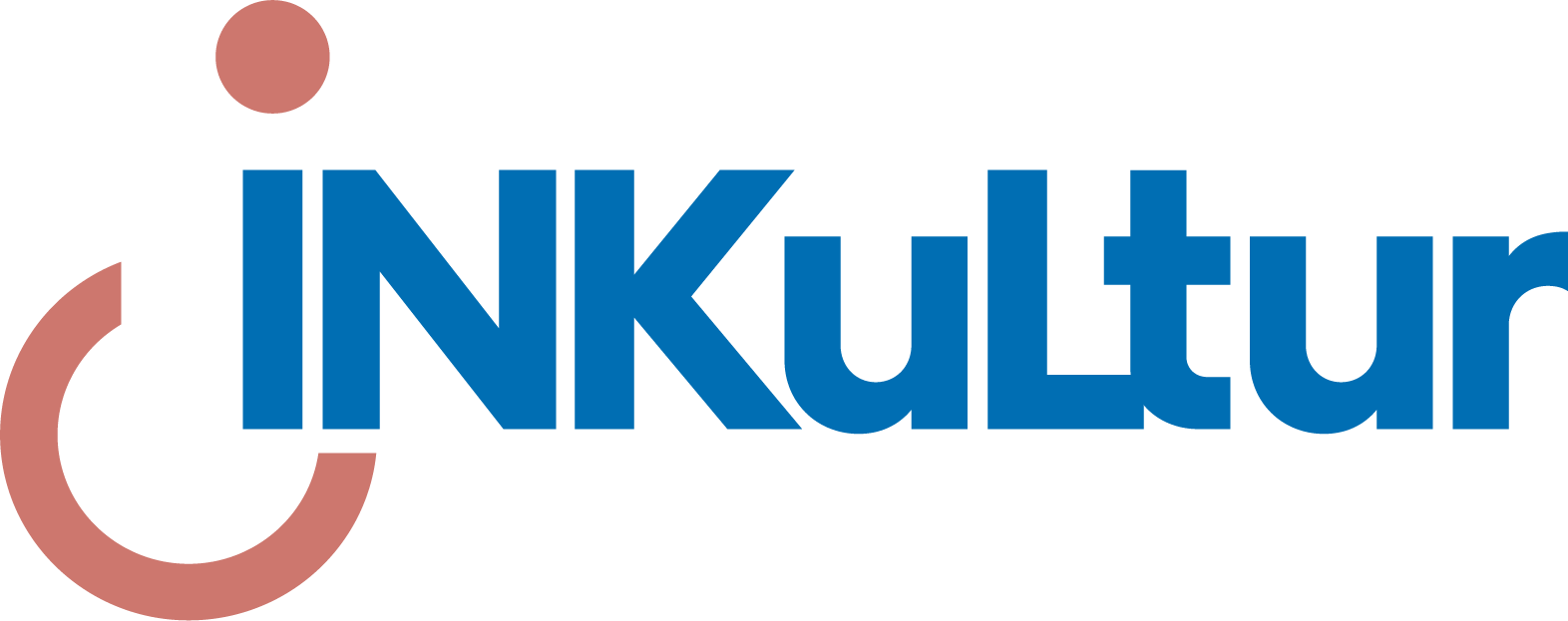Talking about accessibility and inclusion in cultural institutions Part III
An inclusive cultural institution is not just the availability of ramps and other accessibility means. First and foremost, it is about the professional staff prepared to communicate with people having disabilities because culture is people before all else; people who represent or consume the information, art pieces etc. Whether the institution can become inclusive depends on the experience of a visitor with a disability. Do they enjoy the event? Do they experience positive emotions when visiting the cultural establishment? Will they want to come again?
The staff of a cultural institution is responsible for the event’s programme, be it an exhibition, a theatre performance, or a concert. The diversity of the institution’s employees (or the lack of it) determines the nature of the programme and the categories of visitors to expect. The institution’s staff is an essential element for improving the level of inclusion at the institution. When a museum or a theatre employs people with disabilities, this will affect the programme and the diversity of the public through the involvement of new groups of visitors. So, how can a cultural institution make its staff inclusive?
To make the staff closer to the visitors having disabilities, it is a good idea to have employees with disabilities who will understand all possible problems and barriers that such people encounter from their own experience. Once the institution realizes the need for employees with disabilities, it is time to compose their job announcements. When addressing potential candidates, it is important to consider the following:
- Language of the job announcement. To make the announcement accessible for all, use simple language (for example, “easy-to-read texts” and videos with sign language interpretation).
- Requirements for candidates. One must be aware that people with disabilities have different access to education. Often, when a candidate does not have access to educational institutions, they cannot provide a diploma or certificate.
- Communication channels. It should be considered that potential candidates may not be able to use the regular media the cultural institution would typically use to publish its job announcements.
- The way of addressing the candidates. “In case of equal qualifications, we prefer candidates with disabilities,” and similar general wordings do not work well for addressing your future employees. It is better to write directly and honestly: “Applications from people who experience discrimination and have diverse experiences are especially welcome.”
- Presentation of a cultural institution. Sometimes job announcements of cultural institutions lack information that is important for potential candidates. People experiencing hearing, sight, mobility, or cognitive difficulties are interested to know what exactly is done to ensure accessibility. The information on how the institution responds to workplace discrimination is equally important.
When looking for new employees, particularly those with disabilities, it is necessary to raise awareness of existing employees about possible barriers and mistakes in communication with their potential new colleagues. Show a good example and ask the candidates: “What do you need in order to be able to work at our institution?” Respect for people and their needs always brings positive results. Employees with disabilities will significantly expand the possibilities of a theatre, circus, or museum by improving their accessibility and inclusiveness.
This publication is part of the joint project “INKuLtur – For Inclusion and Participation in Cultural Life” implemented in Ukraine by the Ukrainian Step by Step Foundation and Dialogue for Understanding e.V. (D4U) funded by the German Federal Foreign Office.
“The D4U e.V. is responsible for the content of this publication. It does not necessarily reflect the views of the Federal Foreign Office.”








